Solar flare strikes Earth, causes BLACKOUT in Australia and New Zealand
A major solar flare activity was recorded in the early hours today, January 6. The X-class flare caused a shortwave radio blackout affecting most of the South Pacific including Australia and New Zealand.
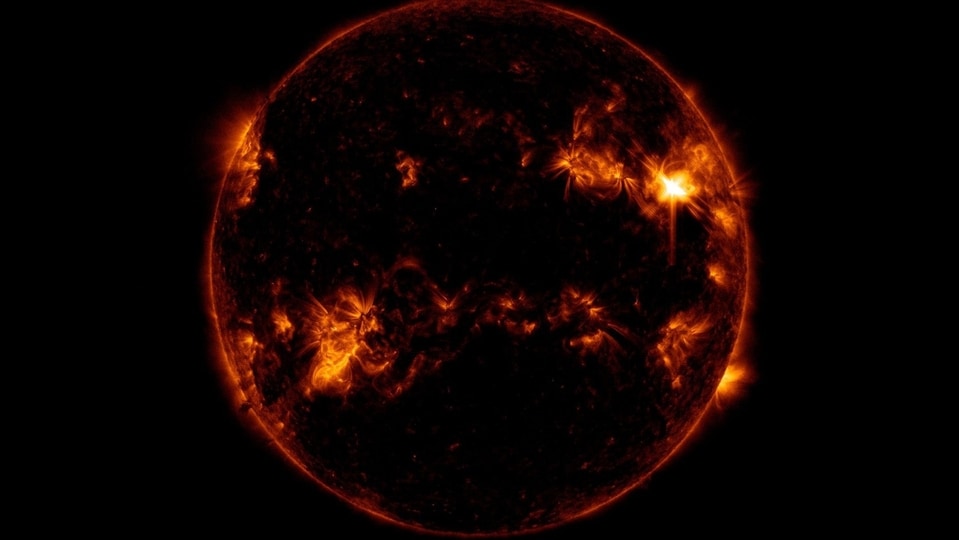
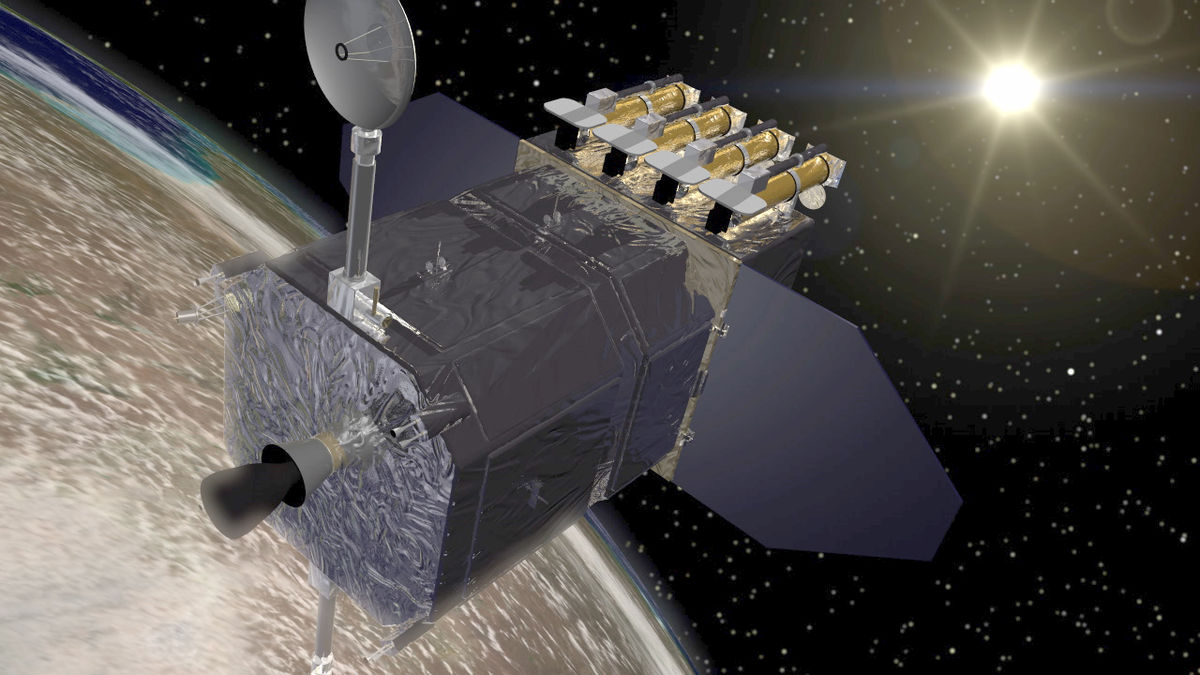
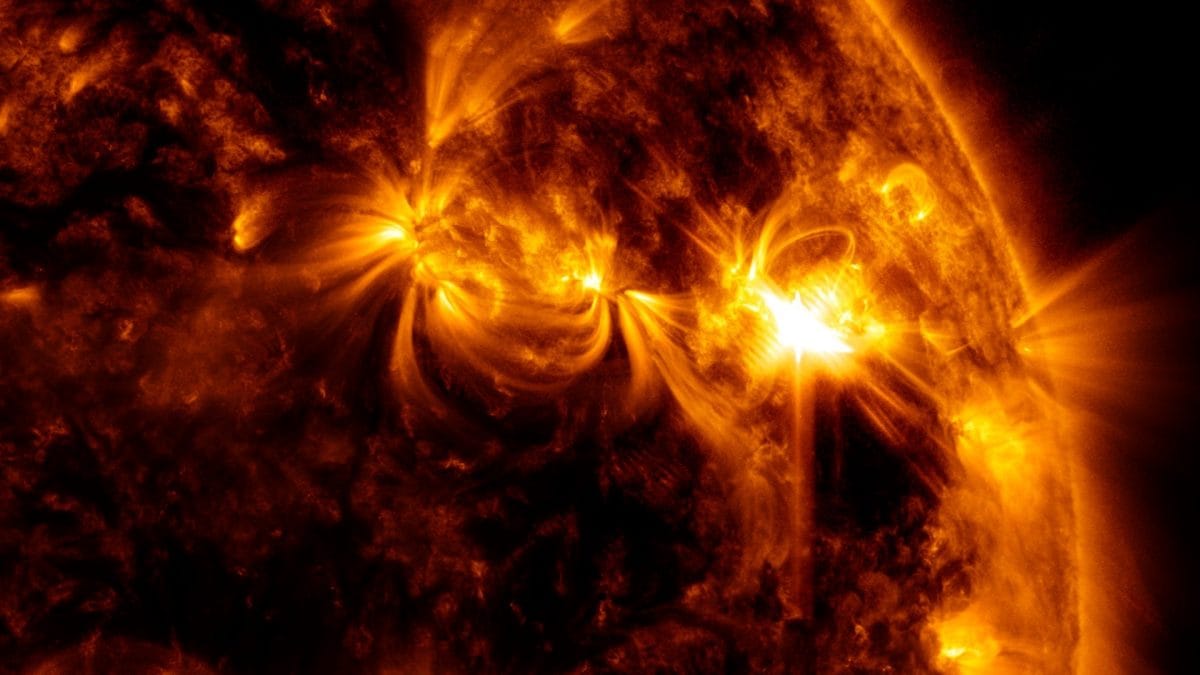

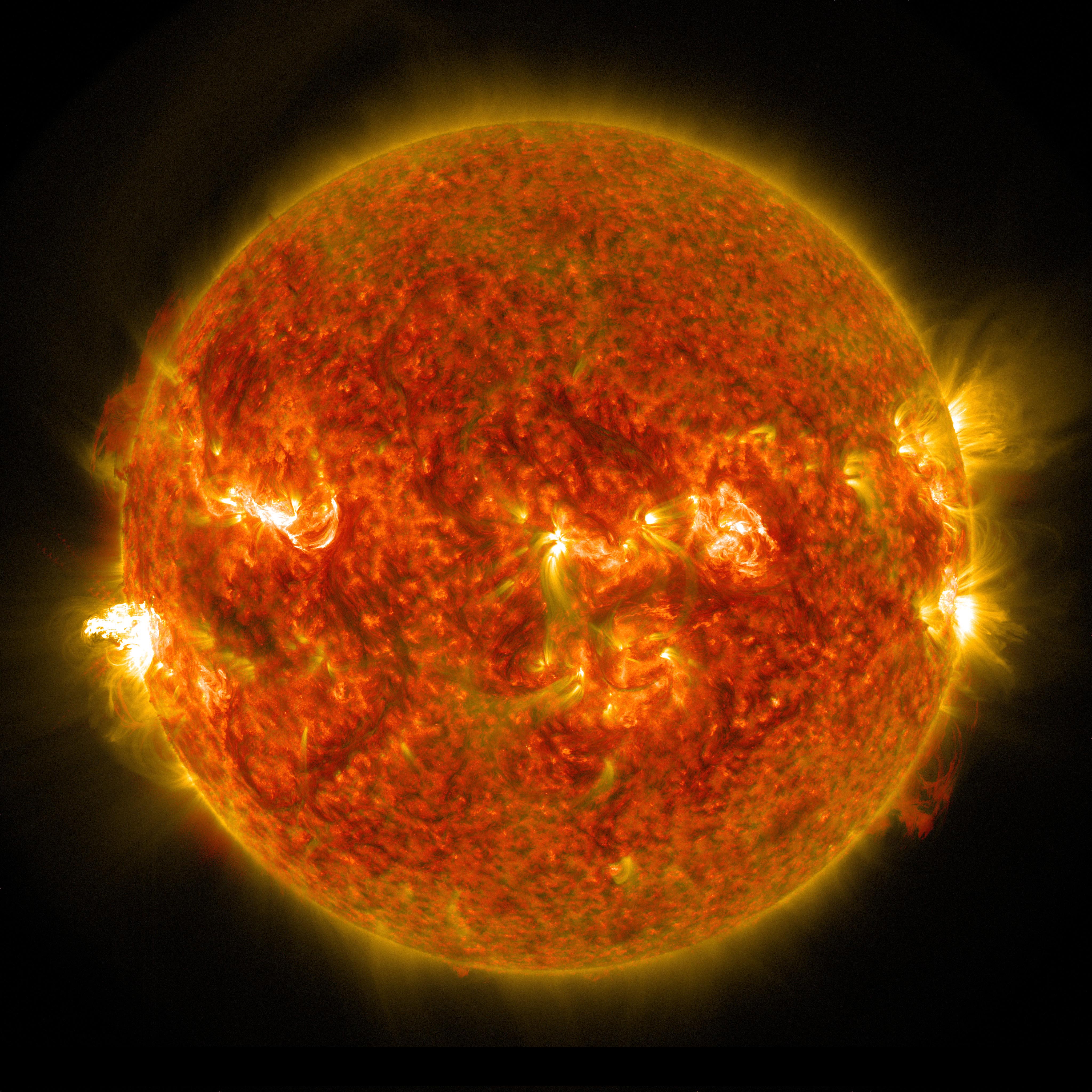
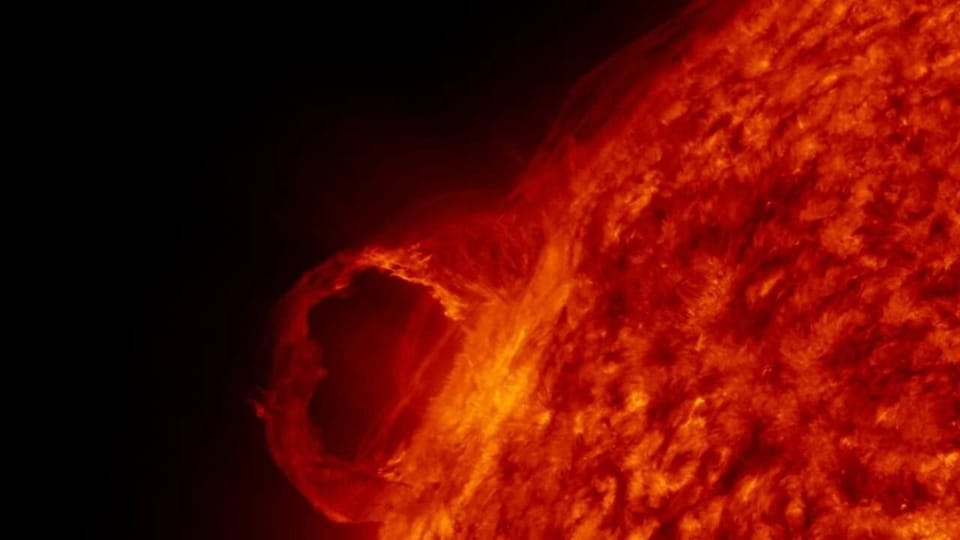
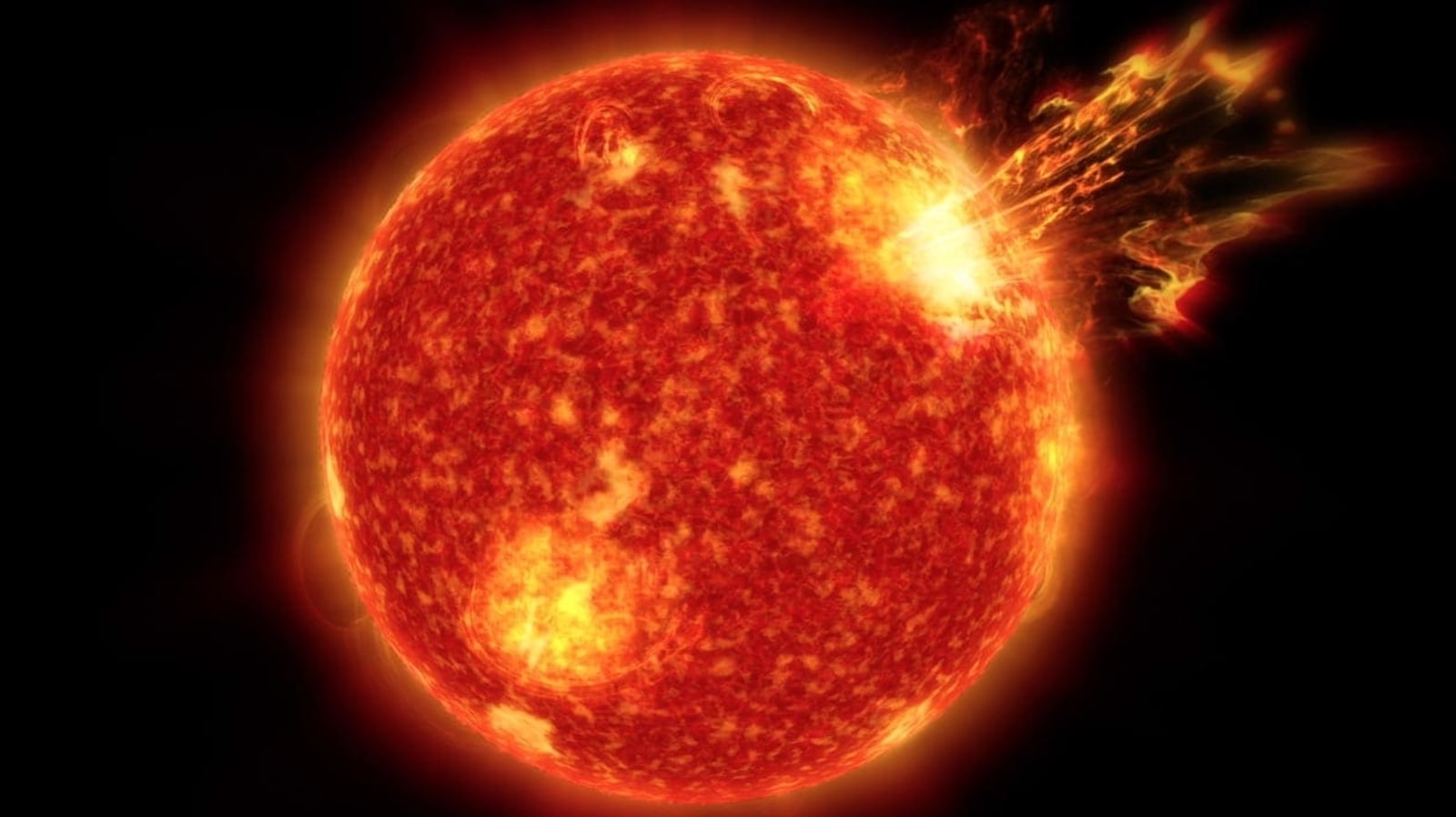
 View all Images
View all ImagesIt was reported earlier that multiple unstable regions have emerged on the Sun, resulting in chaotic solar activity. This is now impacting Earth. On Wednesday, the Earth suffered a minor solar storm strike, which shockingly, managed to push a satellite away from its orbit. It was also reported that there were chances of a solar flare eruption today, January 6. The fears have now come true in the worst of forms as the strongest X-class solar flare has erupted from the Sun directly facing the Earth. The flare has resulted in a shortwave radio blackout which has affected most of the South Pacific region including Australia and New Zealand.
The incident was reported by SpaceWeather.com which noted on its website, “Earth-orbiting satellites have just detected a major X1.2-class solar flare (Jan. 6th @ 0057 UT)". The source is the emerging sunspot AR3182. The solar flare was so strong that it caused a shortwave radio blackout that affected most of the South Pacific including Australia and New Zealand. Do note that it is a developing incident and more details are awaited at the moment.
Massive solar flare hits the Earth
The solar flare eruption was detected at around 6:27 AM by the Earth-orbiting satellites. It is also unclear whether the solar flare has damaged any satellites or hindered their performance. The solar flare impacted the southern hemisphere but missed the African continent. The major affected nations include Australia, New Zealand as well as some East Asian island nations.
An X-class solar flare is the strongest class of solar flares. These are powerful enough to not only disrupt GPS, wireless communications and radio waves but also damage power grids and sensitive electronics such as pacemakers and supercomputers. A solar flare needs to be extremely strong to actually damage surface level electronics, radios and other wireless communications, but if it is, it can have extremely dangerous consequences for humanity.
DSCOVR satellite's role in solar weather monitoring
NOAA monitors the solar storms and Sun's behavior using its DSCOVR satellite which became operational in 2016. The recovered data is then run through the Space Weather Prediction Center and the final analysis is prepared. The different measurements are done on temperature, speed, density, degree of orientation and frequency of the solar particles.
Catch all the Latest Tech News, Mobile News, Laptop News, Gaming news, Wearables News , How To News, also keep up with us on Whatsapp channel,Twitter, Facebook, Google News, and Instagram. For our latest videos, subscribe to our YouTube channel.




























